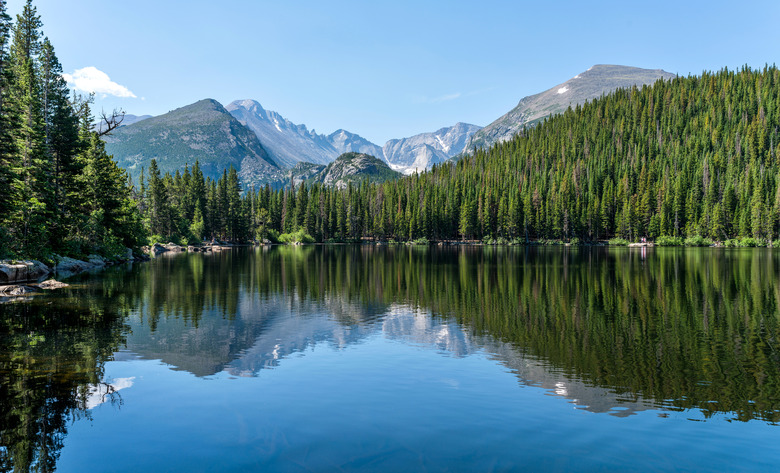About Minor & Major Landforms
Landforms are the features that make up the earth's surface. They can be as large as an ocean or as small as a puddle. They are shaped by a variety of processes.
Processes
Processes
Processes that create landforms include tectonic activity such as earthquakes and volcanoes, and weathering, erosion and glaciation. The branch of geology called geomorphology studies these forms and processes for clues about the origin of the earth's landscape.
Major Landforms
Major Landforms
The three major types of landforms are plateaus, mountains and plains. Plateaus are at least 1,968 feet above sea level, broad and flat. Mountains have steep sides, narrow summits and high elevations. Plains are flat areas with low elevations that never rise far above sea level.
Minor Landforms
Minor Landforms
The minor landforms are categorized by the ways they were formed, such as volcanic activity, glacial activity, running water, wind, currents and movement. Some of these landforms include beaches, u-shaped valleys, flood plains, volcanoes, landslides and dunes.
Cite This Article
MLA
III, Frank B. Chavez. "About Minor & Major Landforms" sciencing.com, https://www.sciencing.com/minor-major-landforms-7786752/. 31 December 2020.
APA
III, Frank B. Chavez. (2020, December 31). About Minor & Major Landforms. sciencing.com. Retrieved from https://www.sciencing.com/minor-major-landforms-7786752/
Chicago
III, Frank B. Chavez. About Minor & Major Landforms last modified August 30, 2022. https://www.sciencing.com/minor-major-landforms-7786752/
